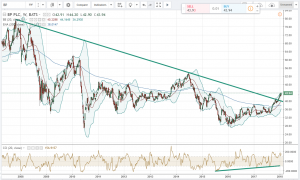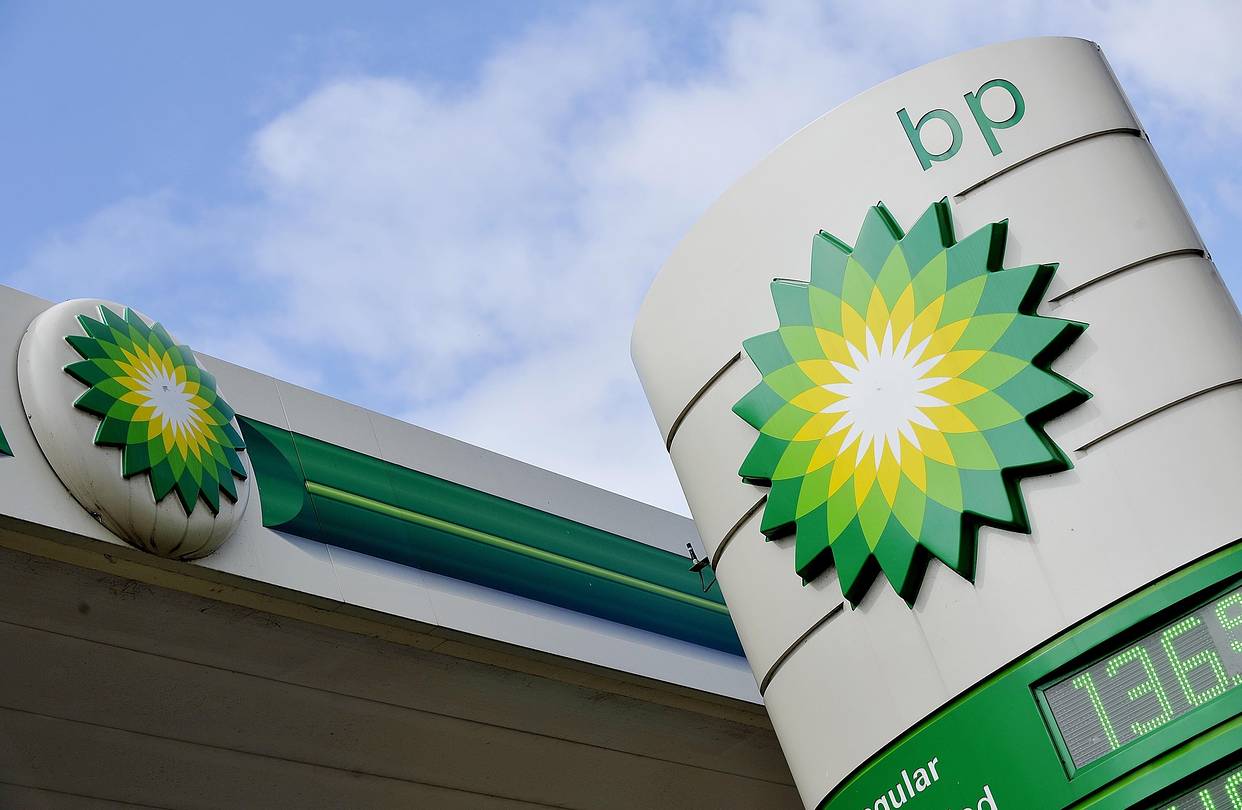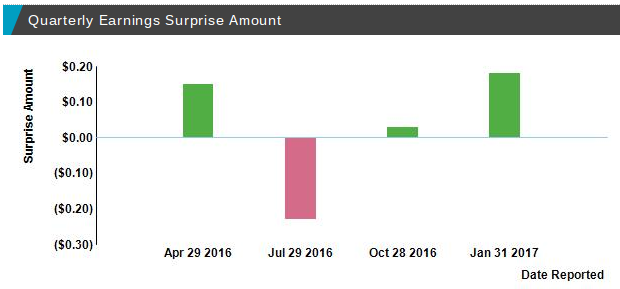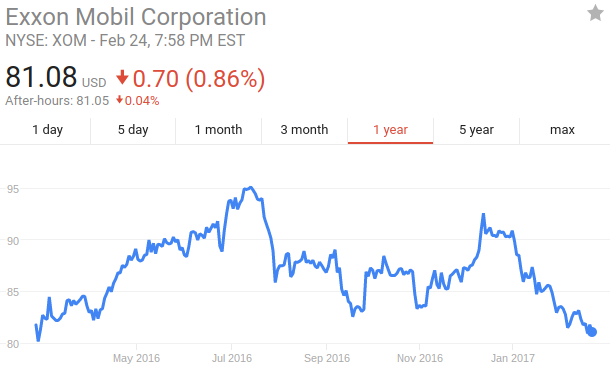UK Markets: British Petroleum Basing For Stock Rally?
One of the most surprising stock market trends over the last few years has been the extreme decline seen in energy markets. After hitting highs near $150 per barrel in 2008, crude oil has fallen to extreme lows. Will these trends be able to reverse in 2018? It is starting to look at though this is a strong possibility.

We prefer to view the broader trends in oil using exchange-traded funds, or ETFs, as they tend to smooth the volatility that might be seen in a spread betting account in many areas of the market. The United States Oil Fund (NYSEARCA:USO) provides an excellent gauge in this regard, and we can now see that markets have essentially flat-lined since 2015. From a chart standpoint, this type of trend activity can be read in two different ways — and both may be significant for oil coming stocks during the next few quarters.
UK stocks in these areas include British Petroleum PLC (NYSE:BP) as one of the largest companies in the industry (by market cap). The long-term trends in energy markets have a significant impact on BP’s profitability expectations, which are already quite low relative to the levels the stock has seen in the past. If we do see a turnaround in energy markets, however, a company like British Petroleum could represent one of the best trading opportunities available in the current market landscape.
We can add to this the fact that the stock pays a very healthy dividend, as the stock comes with a yield of 5.46%. Interest rates remain low both in the US and throughout the global economy, and so those focused on income or retirement savings opportunities stand to benefit from long positions in these types of assets.

In our analysis for this chart, there is building evidence that the long-term downtrend in BP has reached a completion point. Specifically, markets have invalidated the decline that began while crude oil prices were at their all-time highs, and this is being further confirmed by the technical indicator readings on the weekly time frames.

On the break higher in BP, markets have moved above $40 per share and have broken a key psychological level in the process. Now that the most significant downtrend line for the underlying energy assets (crude oil) have been broken, there is clear scope for these gains to continue. Lack of technological progress in self-driving cars has only made it more difficult to pass clear legislation for stricter oil mileage standards and so there will continue to be external factors that could weigh on companies like BP.
At the same time, changes in the underlying oil price will need to filter through to earnings, which have been in decline over the last three years. On the positive side of things, a return to the mean in oil prices would likely mean that BP is able to break through the selling pressure and resistance levels that exist above the current valuations.
US Dollar Declines
It should also be remembered that, since oil is still priced in US Dollars, foreign exchange markets will continue to have a high level of importance. The USD has posted declines against many of its major forex counterparts, and the ETF that is typically associated here is the PowerShares DB US Dollar Index Bullish (NYSEARCA:UUP).
Assets that are denominated in US Dollars traded under pressure for most of last year, as investors sold the currency in favor of its global counterparts. Most of the attention has focused on the European Central Bank (ECB), which may be adopting a policy perspective that is more aggressive than previously anticipated.
There were portions of the financial analyst community that actually believed the ECB might initiate an entirely new QE stimulus program and so any change from the norm in these areas could impact currency values during the first half of this year. Commodities have also gotten a lift, as there has been increased gold buying by European corporate investment banks. Many of these decisions came as a response to the declines in the US Dollar, further strengthening the Influence of gold on currency markets peripherally.
Current Market Expectations
Current market expectations suggest that we will see a predictable series of three interest rate increases in 2018, so if we do not see any policy changes that are more aggressive it is more than likely that precious markets will have a strong performance over the next several quarters. Increased buying activity in the Euro could put pressure on the US Dollar in ways that actually support oil prices and, by extension, the mega-cap oil companies like British Petroleum.
Given the recent trendline breaks in the stock price, positions that implement scaling and EMA trading strategies could benefit from the changes that are currently taking place within the underlying momentum. Lower interest rates could spur economic activity and put further downside pressure on the US Dollar. Since this is almost always positive for commodities, it should support crude oil prices over the next three months.
The energy space has had a difficult time over the last five years but if we see a confluence of events in a certain direction, there is a strong possibility that valuations could start reverting to the mean. Earnings trends within BP as a company need these sorts of macro influences in order to drive momentum, so these are potential areas for investors to watch over the next few weeks.



